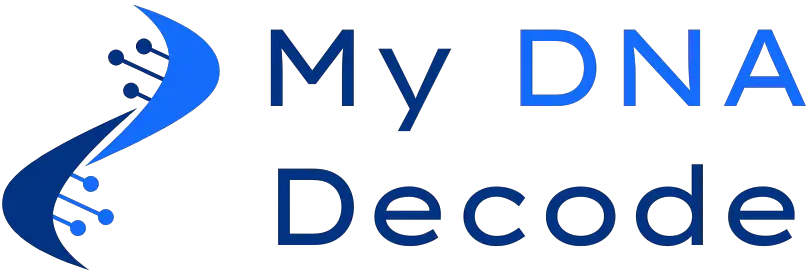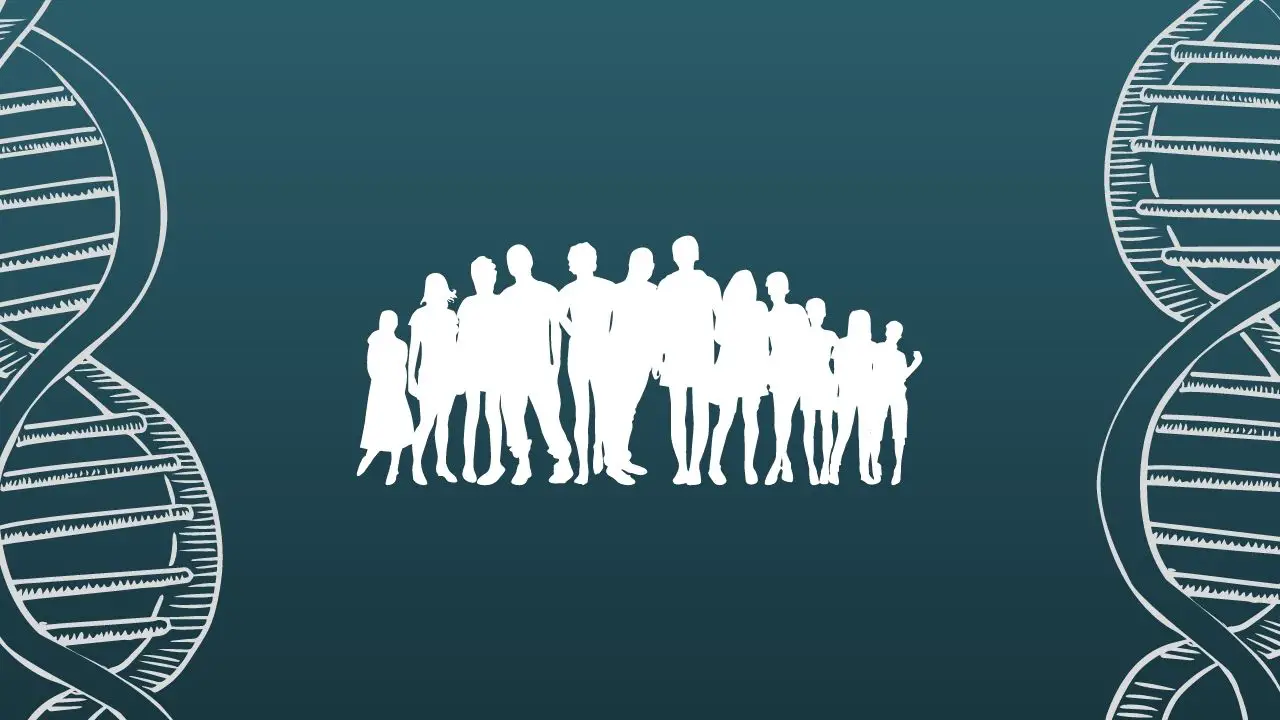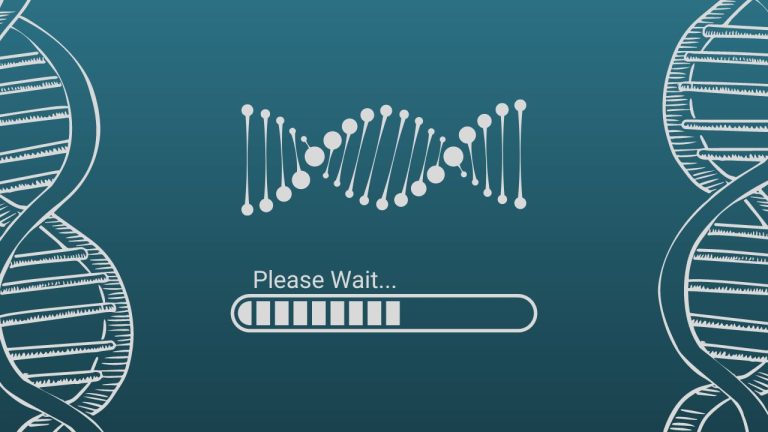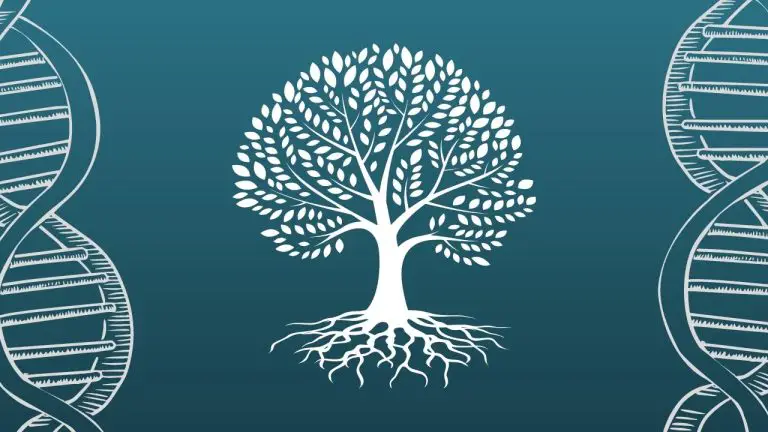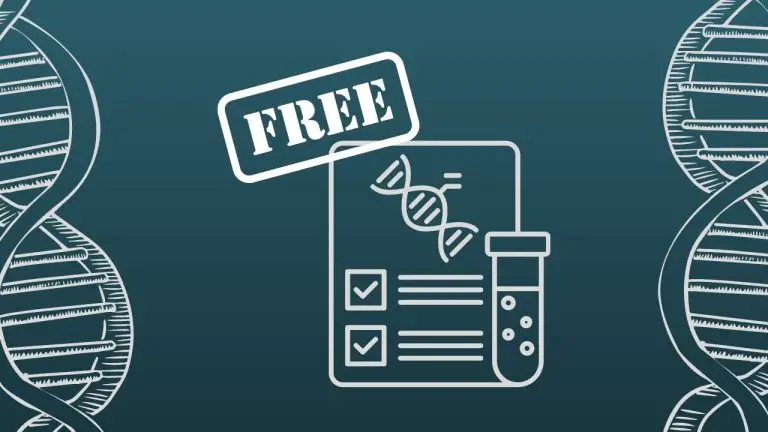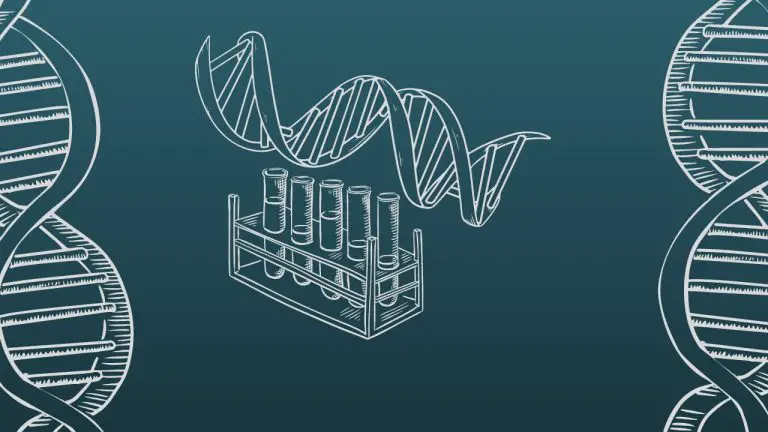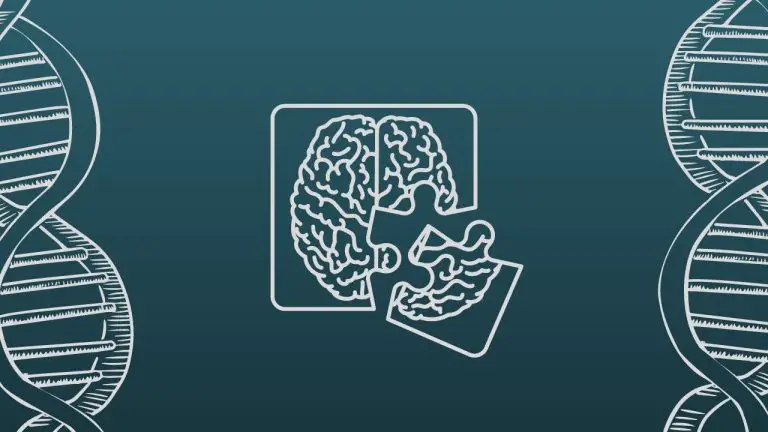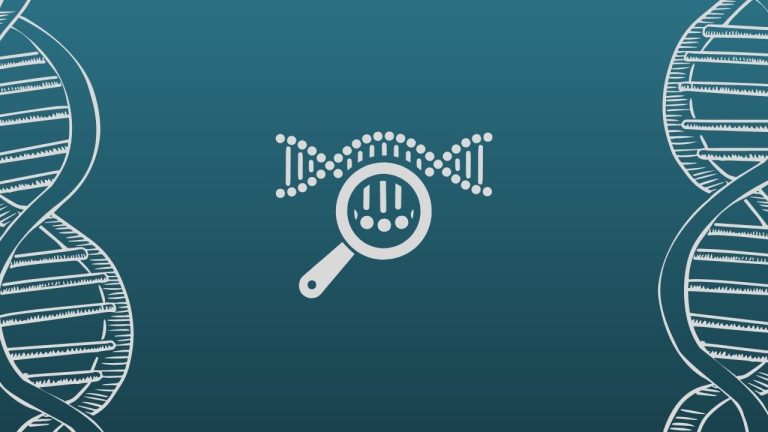DNA Tests to Find Relatives
Consumer DNA tests to find relatives are growing at an exponential rate. Millions of people worldwide have taken a genetic ancestry test, and more are seeking to know about their genealogical history.
Companies like 23 and Me and Ancestral DNA offer DNA tests to find relatives for as low as $60-100 or more if they contain health information.
The public interest in ancestry DNA testing is rising, with a massive TV and online ads driving the campaign. The testing frenzy has seen several established testing companies raking in millions of dollars in profits and thriving small start-ups.
Ancestral DNA testing helps resolve that innate curiosity in people who wish to know more about their roots. There is a chance you may have a distant cousin or sibling you never knew halfway across the world or just down the street.
DNA tests to find relatives may present an exciting and life-changing experience for some people. However, it could uncover deep secrets that may divide families and disturb users.
Which DNA Test Helps You Find Relatives?
Are you interested in finding your relatives through DNA testing? Genetic ancestry testing may help you discover more about yourself and your family roots.
DNA variations can reveal information about where a person’s ancestors may have come from and a family relationship. People from similar backgrounds frequently share specific patterns of genetic variation.
Closely related people often share similar patterns of variation. There are several types of ancestry DNA tests. They include the following.
- Autosomal DNA Test: For most beginners, it is the best start. It can identify relatives between five and seven generations across maternal and paternal lines.
- Y Chromosome Testing: This test can only be done in males as females do not have the Y chromosomes. There are variations in the Y chromosomes only passed down from father to son.
These variations can be used to investigate ancestry in the direct male line. Y chromosomes testing is frequently used to determine whether two families bearing the same surname are related.
- Testing for single nucleotide polymorphism: These tests look at many variations or SNPs throughout an individual entire genome. The results correlate to those of other individuals who have taken the tests to estimate a person’s ethnic background. Genealogists commonly use these tests to capture an individual’s overall ethnic background.
- Mitochondrial DNA Testing: These tests detect genetic variations in mitochondrial DNA. Although most DNA is enclosed in chromosomes within the cell nucleus, mitochondria also have their DNA known as mitochondria DNA.
Either sex can use this type of testing as they both have mitochondria DNA passed down from their mothers. Mitochondrial DNA can retain data about female ancestors that may have been lost from the historical record due to how surnames how frequently passed down.
DNA tests to find relatives are offered by several companies such as Living DNA, Ancestry DNA, and 23andMe. As part of their services, these companies create a platform where people who have been tested share and discuss their results with each other.
Such a forum may help uncover previously unknown relationships among users. Interestingly, scientists are merging genetic ancestry test results from several people to investigate the chronology of populations as they migrated and mixed with other groups.
How Does DNA Testing Find Relatives?
The units used in measuring the amount of DNA shared between you, and your distant relatives are known as centimorgans (cM).
Nowadays, tests use microarrays or chips, covering approximately 700 000 markers spread across the genome. Several labs use the phasing technique to filter the DNA letters onto the maternal and paternal sides.
Once you have taken the ancestral DNA test, you would likely have a long list of genetic relatives. After sequencing portions of your DNA, the testing company would then compare your results to the results of other individuals in its database.
The number of matches you receive varies by company. A DNA match results from your DNA being compared to other people’s DNA to identify matching chromosomal segments that indicate a family relationship.
Note that the amount of DNA you share with another person determines how closely you are related.
Different company has its database, and you find distant relatives who have not been tested elsewhere in the database. The size of the company’s database determines the number of distant relatives you may receive.
The good news is that ancestral DNA testing is becoming increasingly popular as more people seek to find their distant relatives. Let us break down the process into simple and easy-to-follow steps.
Step One: Take a DNA Test
Begin by taking an autosomal DNA test. An autosomal DNA test may provide you with DNA matches within 5 to 6 generations on both your biological father and biological sides of the family.
Both males and females can take it. You might want to consider taking a DNA test from more than one company. Testing with multiple companies ensures your DNA is matched to a larger pool of probable relatives.
Step Two: Go over the DNA matches
After your DNA has been tested, the next step is to look over your DNA matches. Even if you don’t find a parent match in your list, you may find a relative such as a half-sibling, a close cousin, or a distant cousin.
Step Three: Connect with your matches
The next step is to reach out to your DNA matches through the testing company’s website message system. Click a name from your list of DNA matches, then click message.
Please introduce yourself and tell them you are looking for a biological family member. Note that your message may come as a surprise to them, so it is a good idea to be mindful of potential family dynamics.
Check for the list of matches you and your match may have in common. Examine the family trees of your shared matches for surnames and locations. You have found an ancestor who appears in at least two of your shared matches trees.
.
DNA Test to Find Unknown Father
A DNA ancestry test is a vital tool to help people looking for an unknown father. In many cases, DNA testing is the only way to find a biological father.
The searcher submits a DNA test through a testing company, and the DNA test results are matched to others in that company’s database who have also completed the test and share a common database with the searcher.
Ensure you choose a testing company with a large database of people who have been tested. You can also begin a family tree by documenting your biological family. Once you get a match, look for a shared ancestor and enter it into your grandparent spot on your tree.
You can move them once you have determined where they belong. Once you find a shared ancestor, track down their descendant’s generation by generation. Identify all of their children, grandchildren, and so on to up to the present day.
Continue until you come across people who could be your unknown father. Use Ancestry trees, obituaries, and online directories to piece together your father’s unknown line.
You should also contact your close matches and interview them to get relevant information to help your search. It would be best if you also searched social media sites such as Facebook, Instagram, Twitter, or Google using the information you have gathered together.
Best DNA Tests To Find Relatives
A DNA test can provide more insight into your family history by potentially revealing distant relatives back to your early ancestors. Today you can get a comprehensive DNA analysis of your genetic makeup for as low as $60.
There are several DNA testing companies, each using different algorithms and criteria to evaluate your genetic material. One vital element to note is that the larger the company’s database, the larger the sample they use to examine your results and the more precise your test result.
Here is a look at some of the best DNA tests to find relatives.

23andMe
23andMe is a leading genetic testing company providing DNA tests for ancestry. The company also offers genetic health reports as part of your testing experience. 23andMe has over 5 million users, which increases your chance of finding distant relatives.
With over 1000 distinct ancestral regions, 23andMe have the most extensive regional granularity. As a result, the company can provide a more geographically specific breakdown of your ancestral heritage.
Similarly, you can use their DNA Relative finder feature to find relatives and send them messages.
Pricing
23 and Me’s DNA ancestral test costs $99, while an ancestral and health report goes for $199.
Pros
- Large database
- User-friendly reports and interface
Cons
- Data privacy concerns
- Lack of additional resources to guide users.
Ancestry DNA

Ancestry DNA stands out as one of the best DNA testing companies for people seeking biological parents or distant relatives. The company’s over 30 million users database gives you a high chance of producing successful DNA matches.
The downside to AncestralDNA is that it can distinguish between maternal and paternal lineage, and the company may sell your DNA data if you choose to participate in its research program.
Pricing
AncestryDNA test to find distant relatives goes for $99.
Pros
- Has the largest user database, which helps to enhance the accuracy of results.
- Utilizes real historical records to build out your family tree.
Cons
- Extra costs if you seek access to historical records.
- Subscription fees that allow access to historical records are pretty expensive.
FamilyTreeDNA
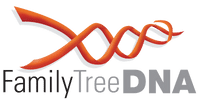
FamilyTreeDNA is one of the foremost DNA testing companies in the world. It is one of the only companies to offer three types of ancestry tests: autosomal DNA, mitochondrial DNA, and Y-DNA.
The company focuses only on ancestry DNA tests which means they are very much experienced in what they do.
Pricing
Unlike other testing companies, FamilyTreeDNA charges different prices for each test. The company charges $79 for an autosomal test, $169 for Y-DNA, and $199 for mtDNA.
Pros
- Allows users to identify relatives from both paternal and maternal sides.
- Outline ancient ancestors for people of European descent.
Cons
- Outmoded looking design and interface.
- Prices differ for each of their tests.
My MyHeritage DNA

MyHeritage is an Israeli company that began as an online genealogy resource in 2003. The company started offering autosomal DNA testing in 2016, and its database has reached a staggering 2million users as of today.
MyHeritage DNA presently has the third-largest DNA database and offers genealogical records via subscription. They also have the highest percentage of customers who have tress associated with their DNA tests.
Pricing
MyHeritage DNA test kit goes for $79, and shipping costs $12.
Pros
- Its results are quite easy to understand
- Comprises of family tree software and research resources.
Cons
- Sample collection appears a bit tricky
- Lack of context to your results.
Living DNA

Living DNA has proven to be one of the world’s most renowned ancestry DNA testing companies. The company offers a 3-1 ancestry test and an optional ancestry book that features your family history in a concise book format.
In the issue of privacy concerns, Living DNA guarantees that your genetic DNA analysis data will not be aggregated and sold. The company allows you to discover how your family may have migrated worldwide.
Pricing
The basic ancestry test, which analyzes your mtDNA and Y-DNA, goes $79.
Pros
- Covers up to 150 worldwide regions
- Offers great value for money
Cons
- It can take 10 to 12 weeks to create a DNA profile.
- Due to platform update, some features are hidden.
Conclusion
DNA testing to find relatives opens new frontiers into our ancestry and the concept of family. We live in an era where genetic testing to find relatives, and ancestral history has become particularly cheap.
As the DNA database of test companies continues to rise, ancestry DNA testing technology would profoundly change the lives of most families worldwide.
